I thought today we’d talk about the very most important thing beavers do in creeks. Sure they raise the water table and filter toxins and increase fish and mammals and birds. But THIS is how it all starts and is an essential action by beavers that makes the quintessential difference.
![mud[1]](https://www.martinezbeavers.org/wordpress/wp-content/uploads/2011/12/mud1-1024x682.jpg)

In addition to needing mortar to hold everything together, they also lack bulldozers to dig trenches and canals. So often times beavers will do that work by hand – joining two bodies of water, making a canal to drag trees or even digging a passage to their food cache in freezing climes. Beavers are always moving and removing mud from the bottom of the pond.

The result of all this earthwork is that the floor of beaver ponds tend to look like the surface of the moon (or an english muffin). Nooks and crannies and different elevations everywhere. In fact Dr. Glynnis Hood did some research on this fact and measured pond height with a GPS unit across the water. She found very different elevations across the entire pond. And she found something even more interesting.

It turned out that the differing depths had differing occupants, meaning the biodiversity of the invertebrates changed depending on floor elevation. Some bugs lived in deeper parts of the pond and some in shallow parts, and some in newly dug and some in old channels.

Why does this matter? Because the diversity of bugs sets the table for the diversity of things that eat bugs. (Fish, amphibians, turtles, birds). And the as the population of things that eat bugs grows, it sets the table for the things that in turn, eat them! So more fish and more kinds of fish mean more fish eaters. Which means more otters, mink and heron at the beaver pond. See how important those bugs are?
Dr. Hood recorded and cataloged these differences and presented her findings at the 2011 beaver conference. She and a colleague published this initial paper on the issue. (Another one is in review).
 This is the kind of paper that should get way more attention than it will, because it outlines the secret alchemy by which beavers change dirt into gold. I wanted to make sure you knew how it all happened from the ground up. Here’s the abstract and you can read the entire paper here:
This is the kind of paper that should get way more attention than it will, because it outlines the secret alchemy by which beavers change dirt into gold. I wanted to make sure you knew how it all happened from the ground up. Here’s the abstract and you can read the entire paper here:
Over a 3-year period, including a year of drought, we demonstrate how beavers physically altered isolated shallow-water wetlands in Miquelon Lake Provincial Park, Canada, which then influenced aquatic invertebrates diversity and abundance of functional feeding groups and taxa. Digging channels by beavers extended aquatic habitats over 200 m into the upland zone and created unique aquatic habitats, which became hot-spots for predaceous aquatic invertebrates. Some taxa (e.g., Gerridae and Gyrinidae) were found exclusively in beaver ponds, while Culicidae were primarily in wetlands without beavers. Amphipoda were strongly associated with beaver ponds in drought and postdrought years. During extreme drought in 2009, species richness, diversity and abundance declined dramatically, but recovered quickly in 2010. Although species richness was associated with wetland area, increased niche availability through active maintenance of wetlands by beavers played an important role in aquatic invertebrate diversity and distribution. Understanding the role of common, but seldom surveyed within-wetland habitats in boreal wetlands expands our ability to understand aquatic biodiversity, the importance of habitat heterogeneity and the role of other taxa in species assemblages.
So the next time you see beavers playing in the mud remember that there is no single thing they do that’s more important and you’re lucky to see it with their own eyes!
However, it appears the excavation of beaver channels and their regular use could provide important within-wetland habitats for some aquatic invertebrates.Beaver channels in particular were an important influence in the assemblage of functional feeding groups and served as potential “hunting hot-spots” for various predators. As such,actively intained beaver channels contribute a unique niche that is not found in wetlands lacking beavers. Dominance of predators in activelymaintained beaver channels also suggests that regular activity of beavers in these channels increases the importance of this habitat, not just the existence of the channel itself.

Today’s lovely donation hasn’t actually arrived yet but I’ve been assured it will and I can’t wait. It’s a print of a pen and ink drawing called ‘beaver town’ by Cynthia Robbins Safarik. You have to see it for yourself to grasp the whimsical detail in its entirety. I can’t wait to add this to our silent auction! Don’t you think it would look great as a huge billboard at the entrance to Martinez? Thanks Cynthia!
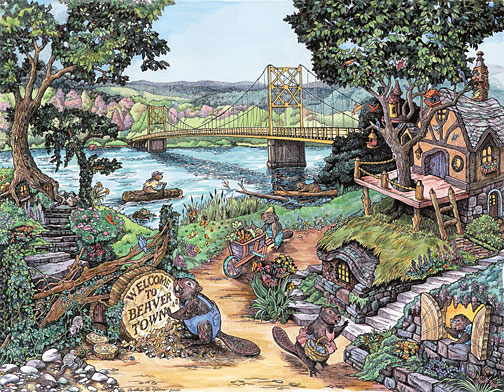
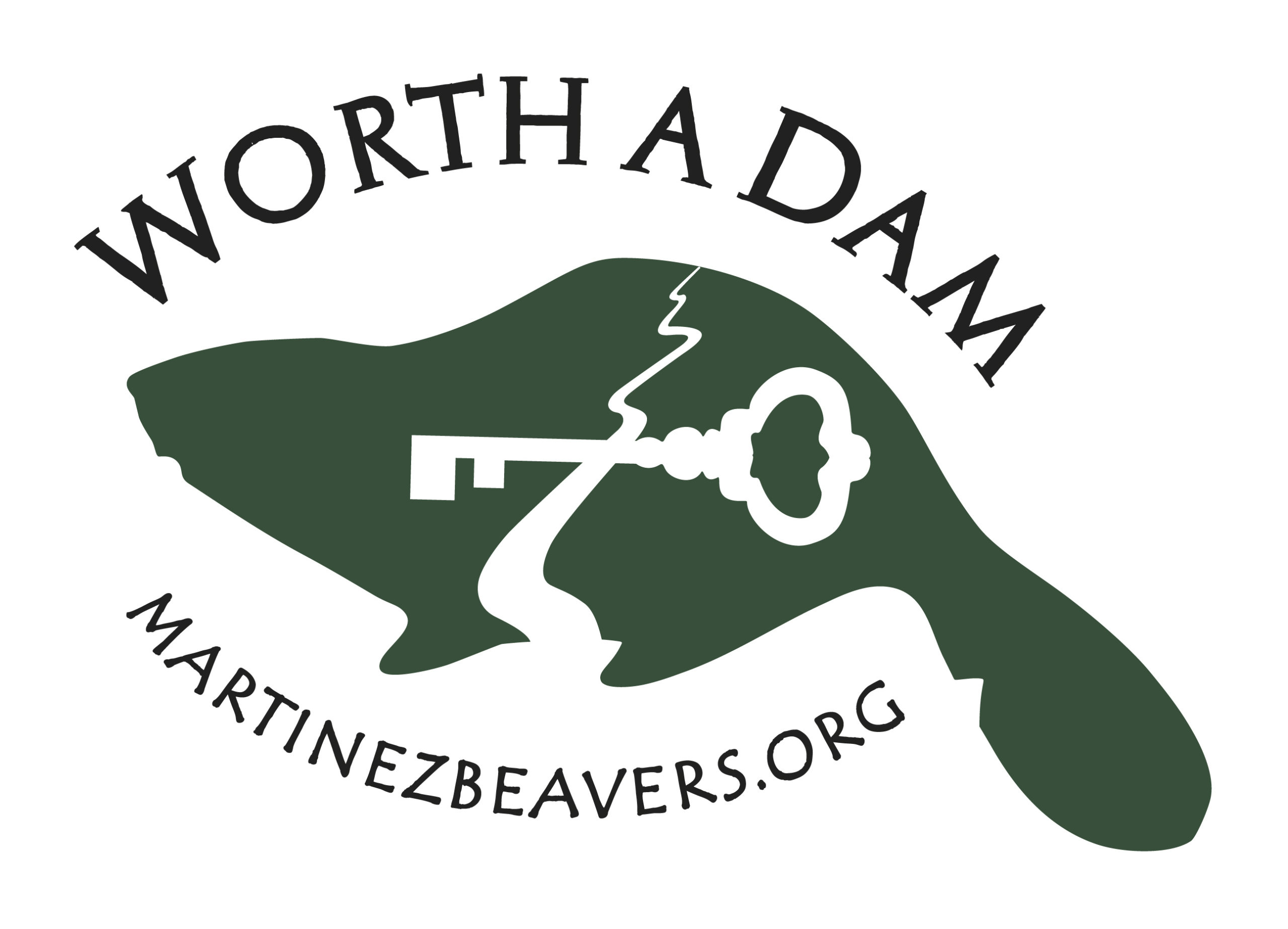

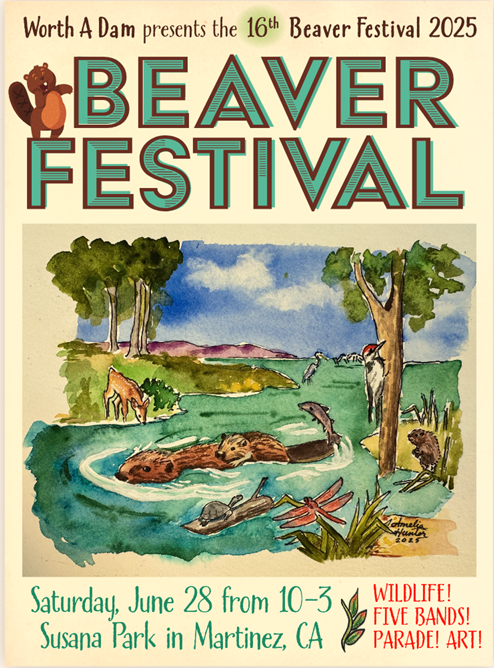

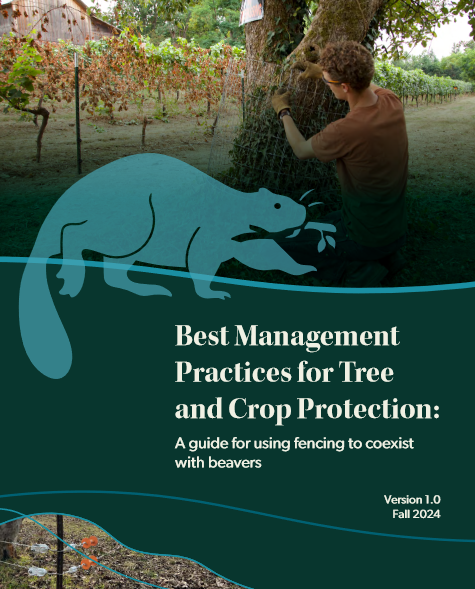
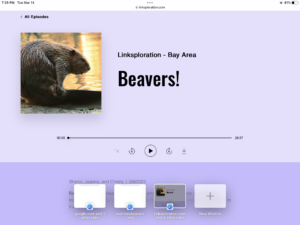
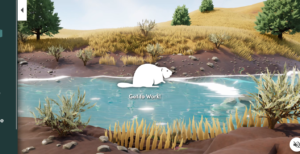



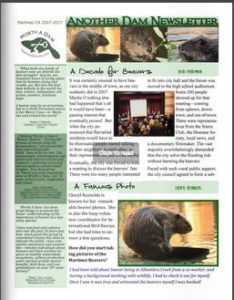

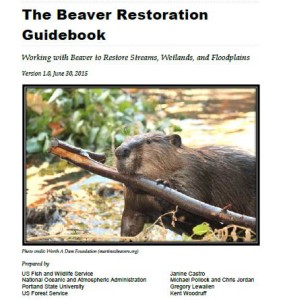
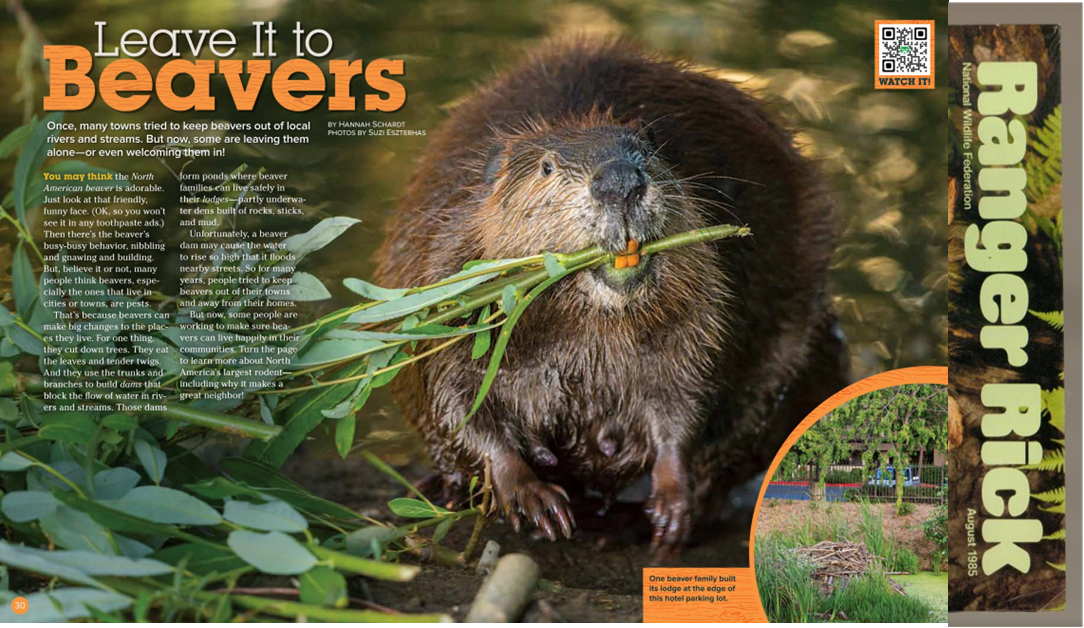
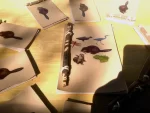










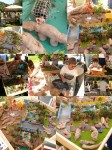
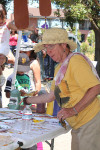




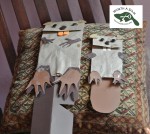
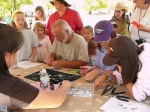


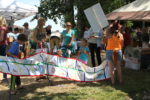
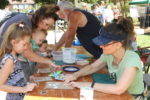
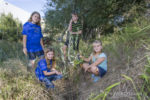

2 comments on “Beavers and Bugs”
Rick Hesslein
February 27, 2014 at 4:52 amWhat a great addition to the story of beavers!
heidi08
February 27, 2014 at 8:28 amAgreed!